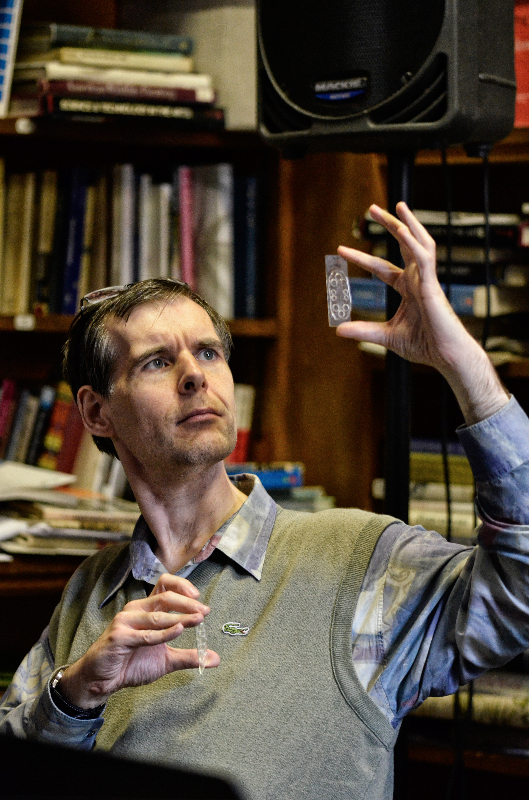(photo by Sasha Kagansky)
With the Science & Art working group a new future-oriented research project formed up within the Global Young Academy (GYA). The team of scientists will with their new working group explore the linkage between neuro science and aesthetics, as well as electronic music production, computer science, and philosophy. GYA member Sasha Kagansky (UK/Russia) organized the exceptional working group’s launch event in Edinburgh. The short movie “Nano-Tought Symphonies – The Well-Tempered Brain” showcased selected impressions from the event, full lenght audios are made available by Mark Matthes and Anton Koch (“Well Tempered Brain – Mode 0” and “Well Tempered Brain – Mode 1”) and Sergey Kostyrko (“Nanobrain.Test 1” and “Nanobrain.Test2”).
“The Well-Tempered Brain” took place on 13 August in Summerhall exhibition space in Edinburgh, Scotland. The idea was first brought up at the ArtSci NEXUS event ‘9 evenings revisited’, organised and curated by Candace Goodrich in Germany and Sweden. Here Sasha Kagansky, and Sergey Kostyrko, Mark Matthes, and Anton Koch decided collaborate with Paul Roach who has previously set up experiment with neurons grown on a microchip, and made open his Big Data set. Original ideas were discussed with Marivaughn Johnson, Milica Pesic, Max Naumov, Gaetano Angelici, Danila Bobkov, and Abdeslam Badre. Set up as an interdisciplinary and interactive open lab it gathered around 20 participants, among them GYA members Martin Dominik (UK), Borys Wrobel (Poland), Kit Yee Chan (UK), Srinjoy Mitras (UK), and Bartlomiej Kolodziejczyk (Australia).
Together with a team of music artists the scientists could experience the energizing capacity of interdisciplinary research at the crossroads of neuroscience, computer science and art. Equipped with computers, EEG sensors, and synthesizers the event gave opportunity to explore what thinking sounds like. “A group of neurons can be imagined like a group of instruments within an orchestra”, explains molecular biologist Sasha Kagansky. While neurons interact and communicate with each other in the human brain, they create electric pulses. These pulses, stored in Big Data sets, can be used in various ways. While graphs are a common way to showcase brain activity, the active neurons’ data sets can also be turned into sound.
For this process of sonification electric signals from cortical and striatal nerve cells grown on a micro chip are recorded in separate digital channels resulting from corresponding electrodes. This is followed by the actual sonification, which differs depending on the preferred by each musician method. After grouping of the channels, noise removal, feature detection and sorting/clustering of the data, the composition takes place (tonal mapping to detected units and/or channels, rhythmic structures extracted from spike clusters, etc.
Using different software and hardware solutions, the digital-analog converter allows to pre-process the data in real-time (linearize, filter, extract slices, change the time-scale and etc.) and represent it in the form of electric current. After that, patch cables are used to redirect the flow of electricity from one module to another, to multiply signals and to group different modules together for creating performance-oriented system based on the oscillators, the amplifiers, the filters, the mixers, the multipliers, the ADSR generators and the ring modulators. Finally, this approach helps to organize the electric signals from nerve cells into complex sound structures and music compositions.
Kagansky emphasizes that The Well-Tempered-Brain is not only an aesthetic value, but also contributes to future-oriented research in various fields: „Music is a goldmine for science. Sound is a natural and very fast way of getting information across”, he says. The stimulus-response based nervous system can furthermore provide interesting findings for many disciplines – last but not least for computer scientist regarding questions of technical intelligence as the approach illustrates close linkages exist between the functions of the brain and technical instruments like synthesizers or computers.
The basis of the research project is a strong commitment to interdisciplinary approaches. In the video interview “Milly and the Brain” award-winning philosopher Dr Mahlet “Milly” Zimeta applies the perspective of the humanities on the science adventure. She agrees that music is a promising object of research for a multitude of questions in various disciplines, especially regarding questions of chaos, structure and harmony in a given data set or system: “Music is said to be the language of the emotions; being able to turn pure thought patterns into sound patterns has the potential to reveal harmonies we never imagined and didn’t know we were making.”
Links in the order of appearance:
| Nano-Tought Symphonies – The Well-Tempered Brain | https://youtu.be/idYwXNAKCyc |
|
Matthes / Koch: Well Tempered Brain – Mode 0 Matthes / Koch: Well Tempered Brain – Mode 1 |
https://www.youtube.com/watch?v=dfPJwOI9vY8
|
| Sergey Kostyrko: Nanobrain.Test 1 | https://soundcloud.com/sergey-kostyrko/s-kostyrko-nanobraintest-1-260616wav |
| Sergey Kostyrko: Nanobrain.Test2 | https://soundcloud.com/sergey-kostyrko/s-kostyrko-nanobraintest-2-230916 |
| Milly and the Brain | https://vimeo.com/180124398 |
Gallery 1: Scotland, Summer Hall, August 2016
(photos by Lera Grant)
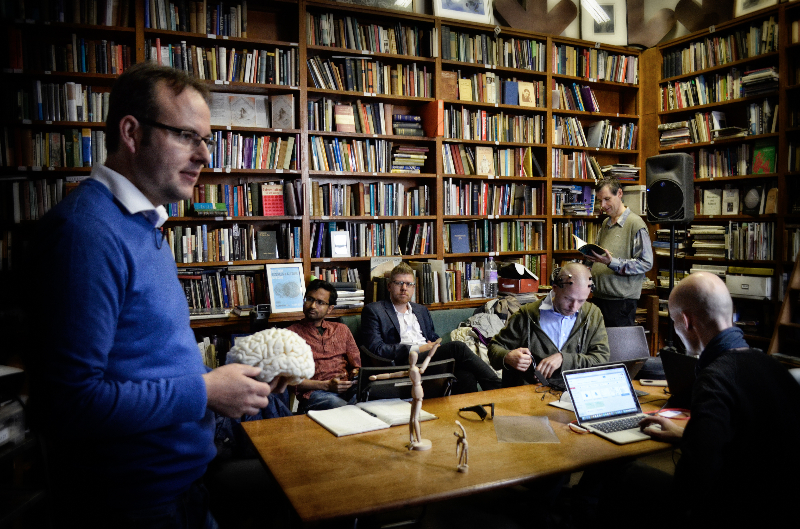 |
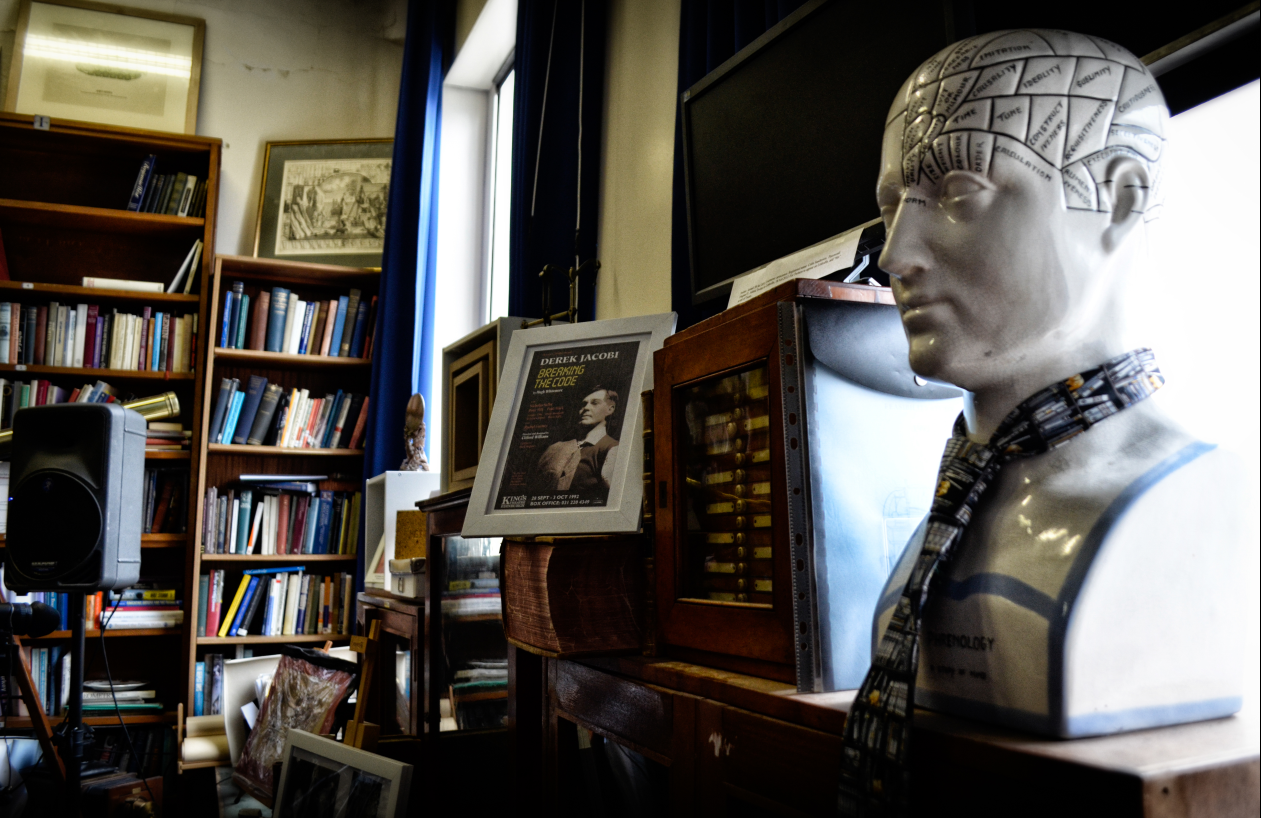 |
 |
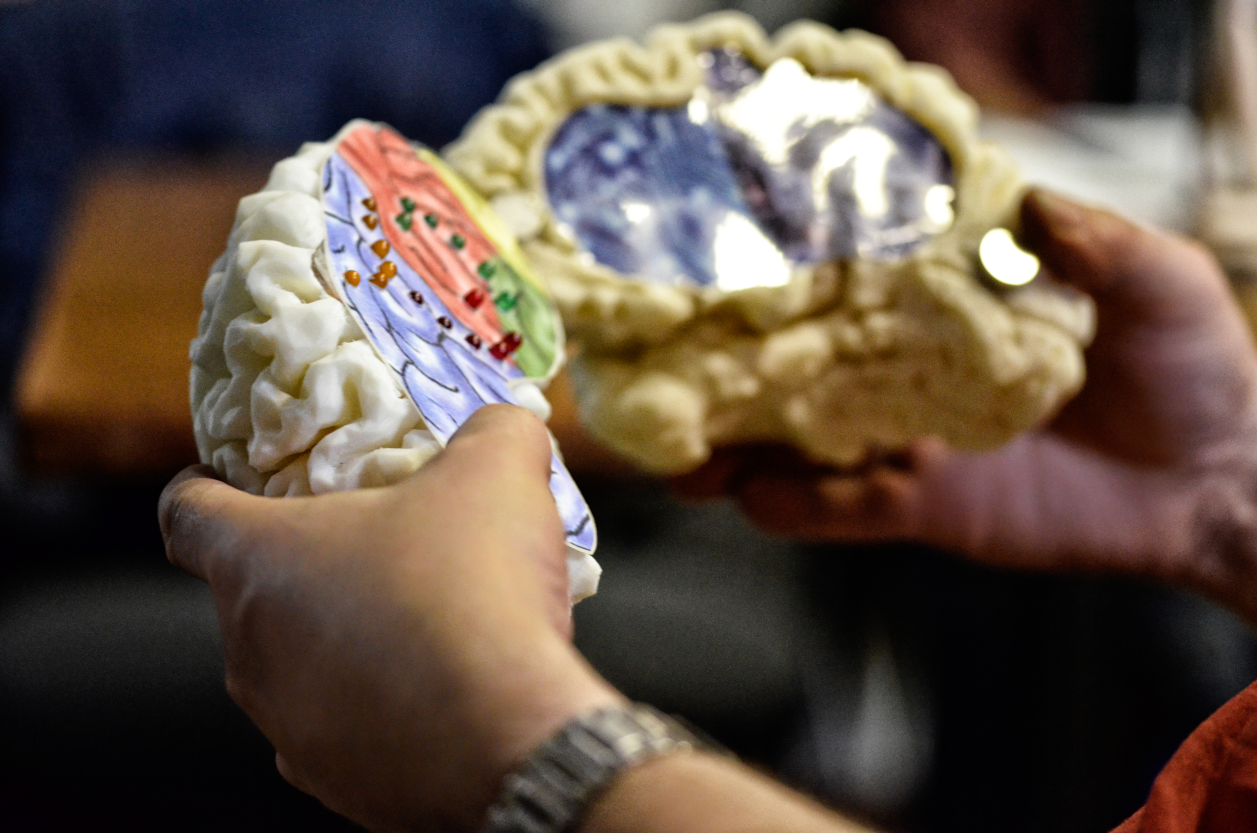 |
 |
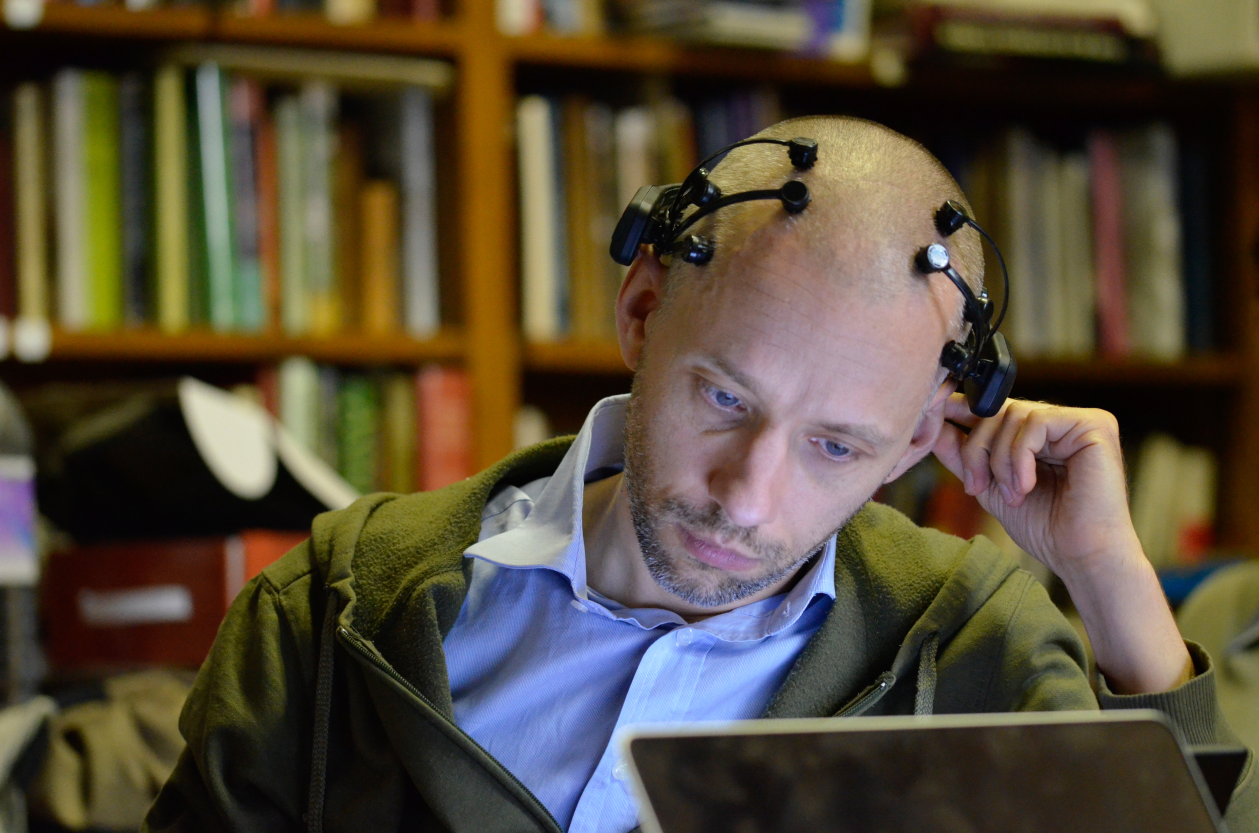 |
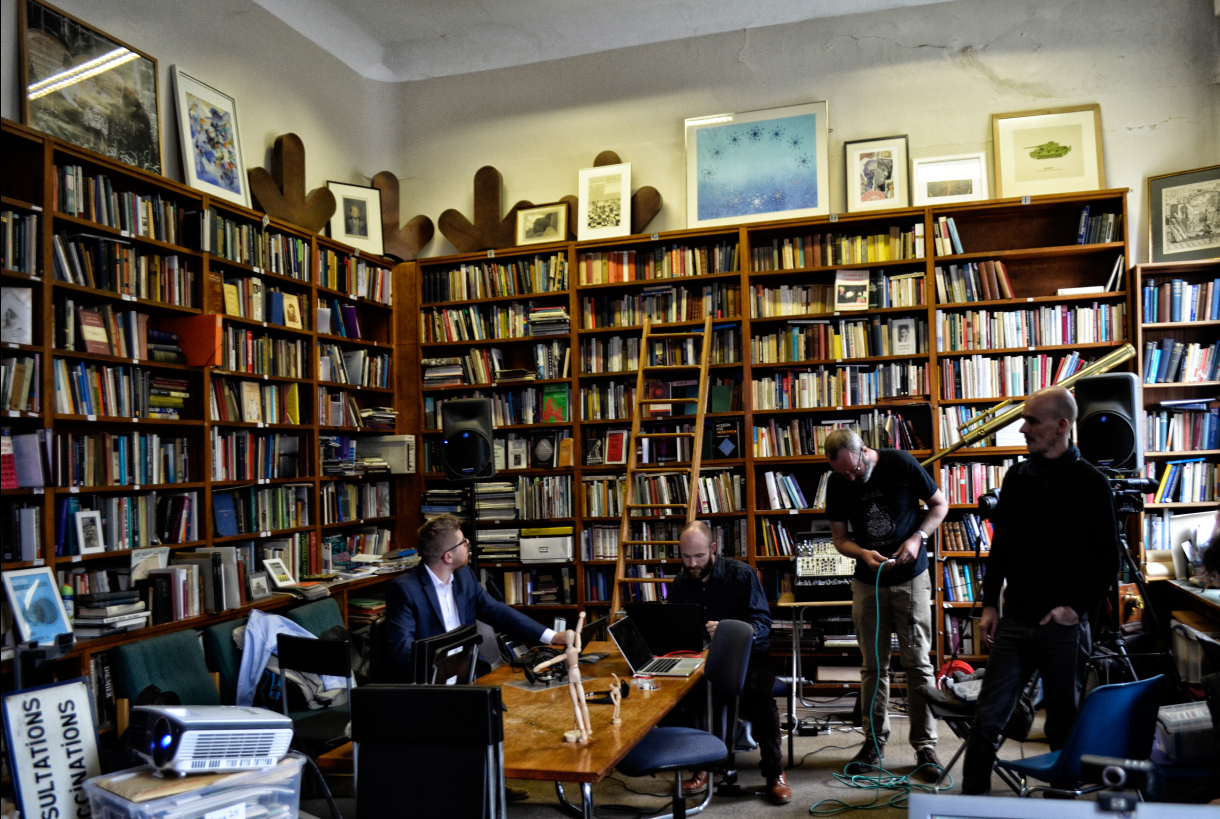 |
|
Gallery 2: Brain cells in action
(photos by Matt Dunn, Dr. Rosemary Fricker, and Dr. Paul Roach)
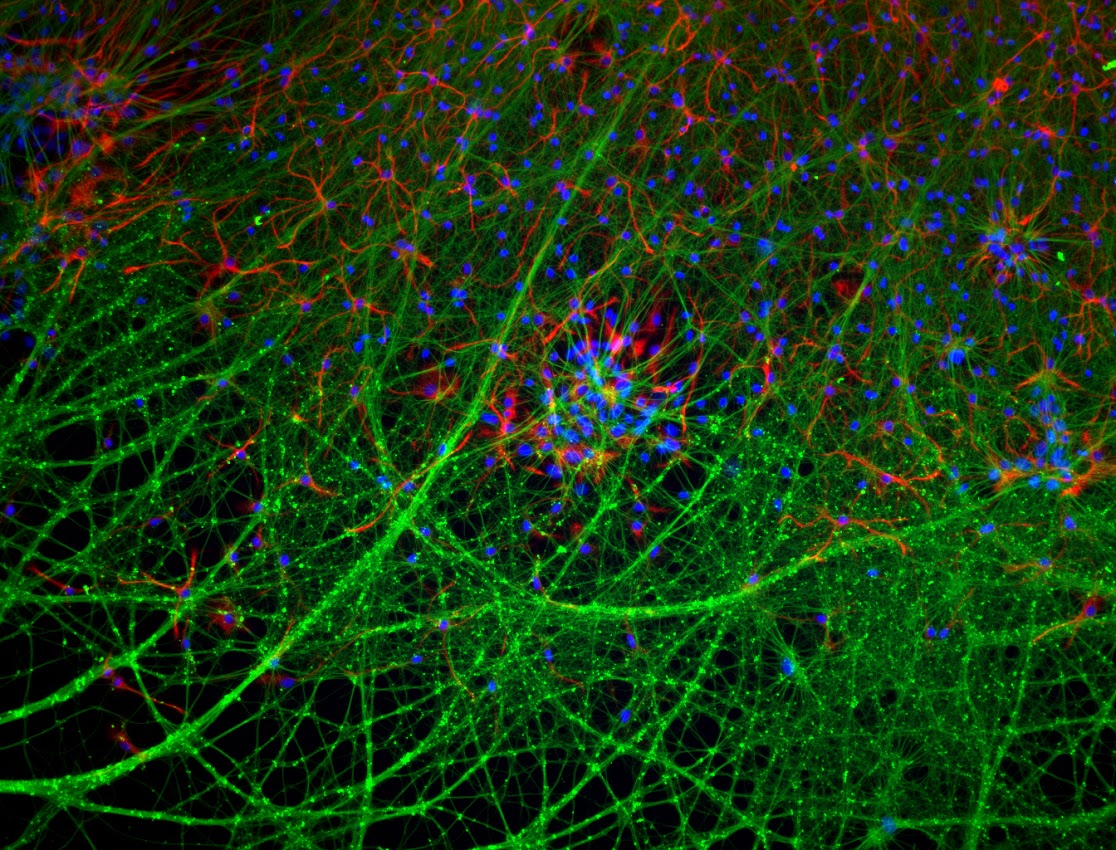 |
 |
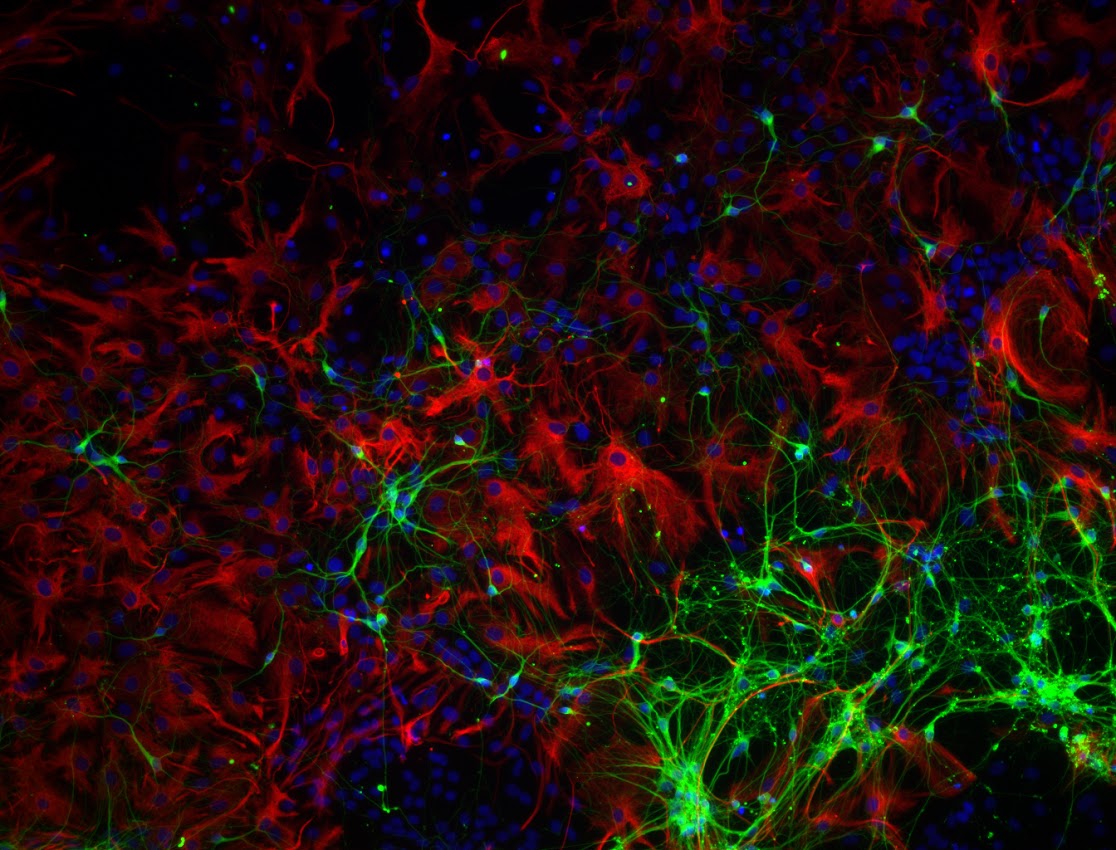 |
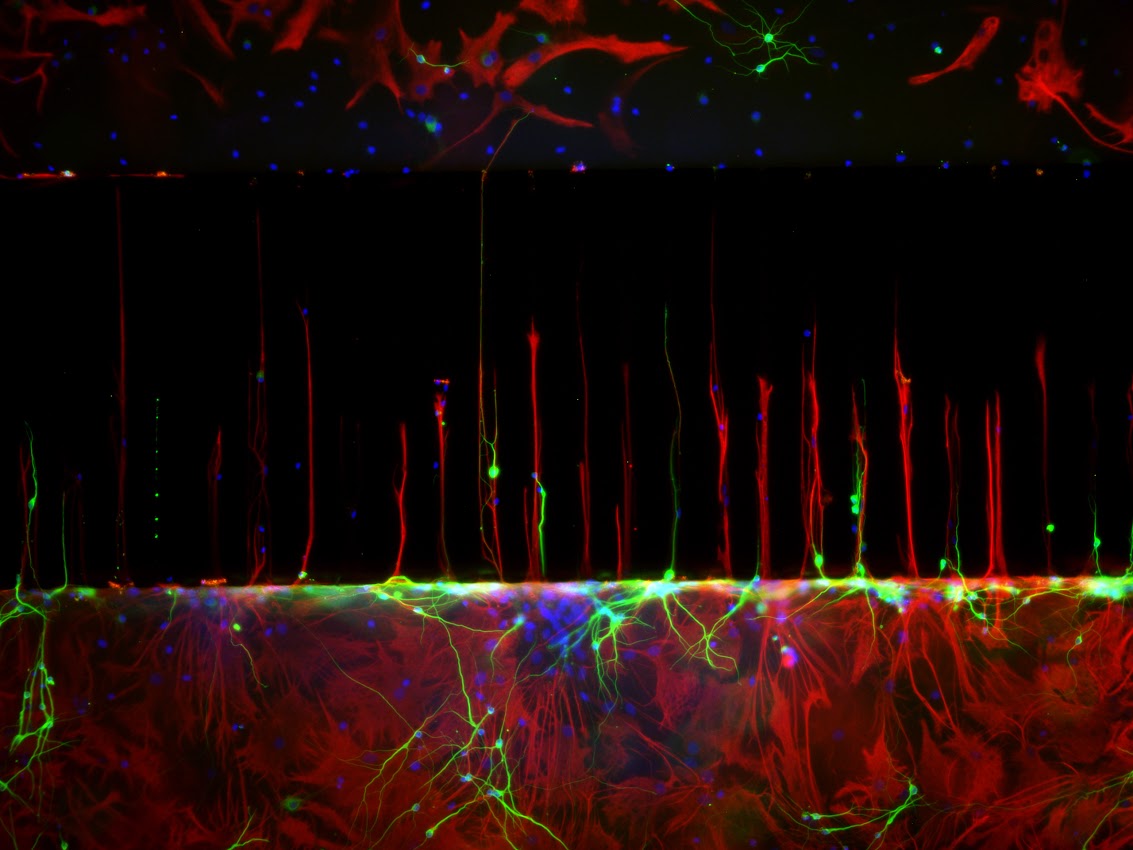 |
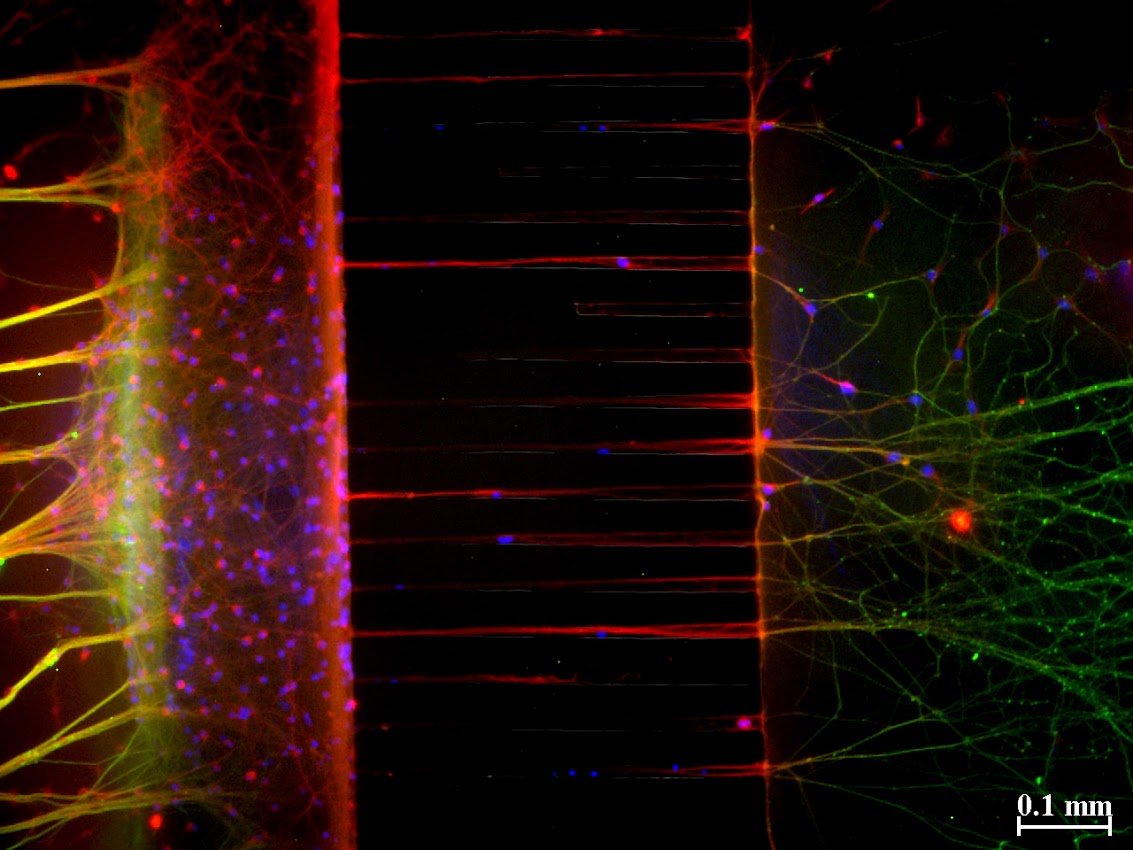 |
 |
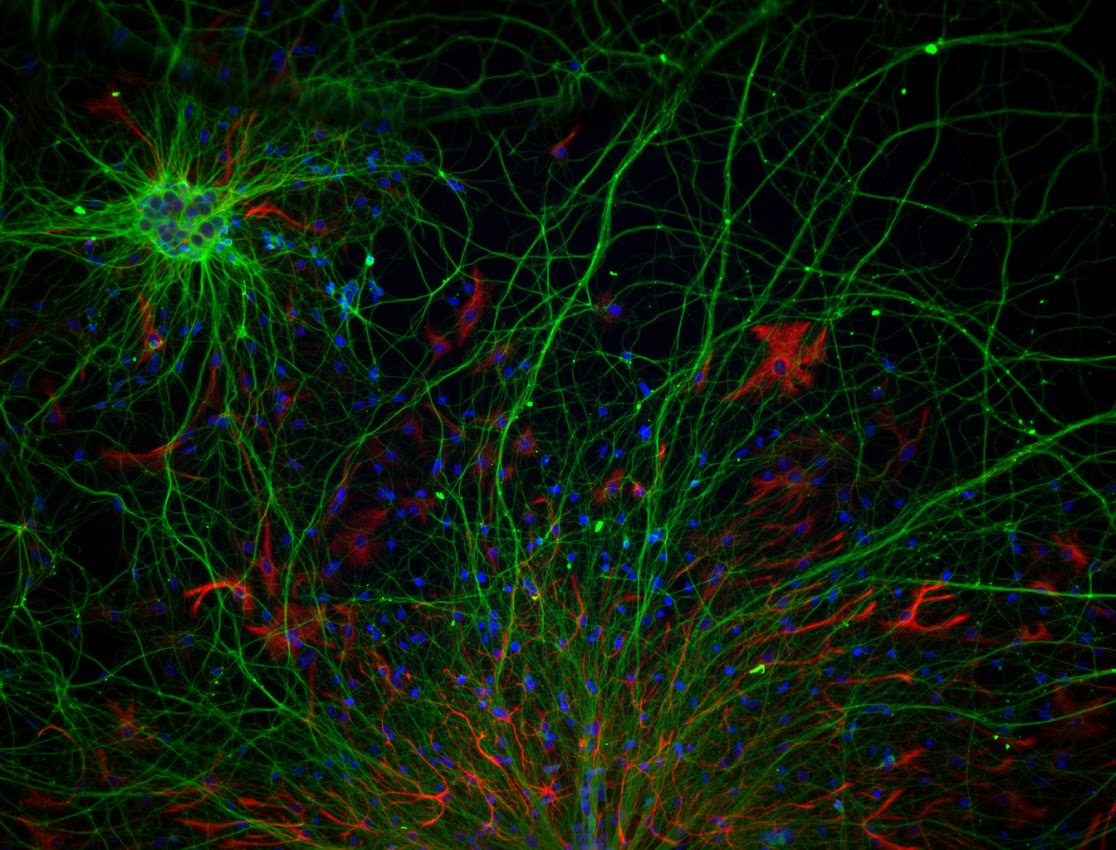 |
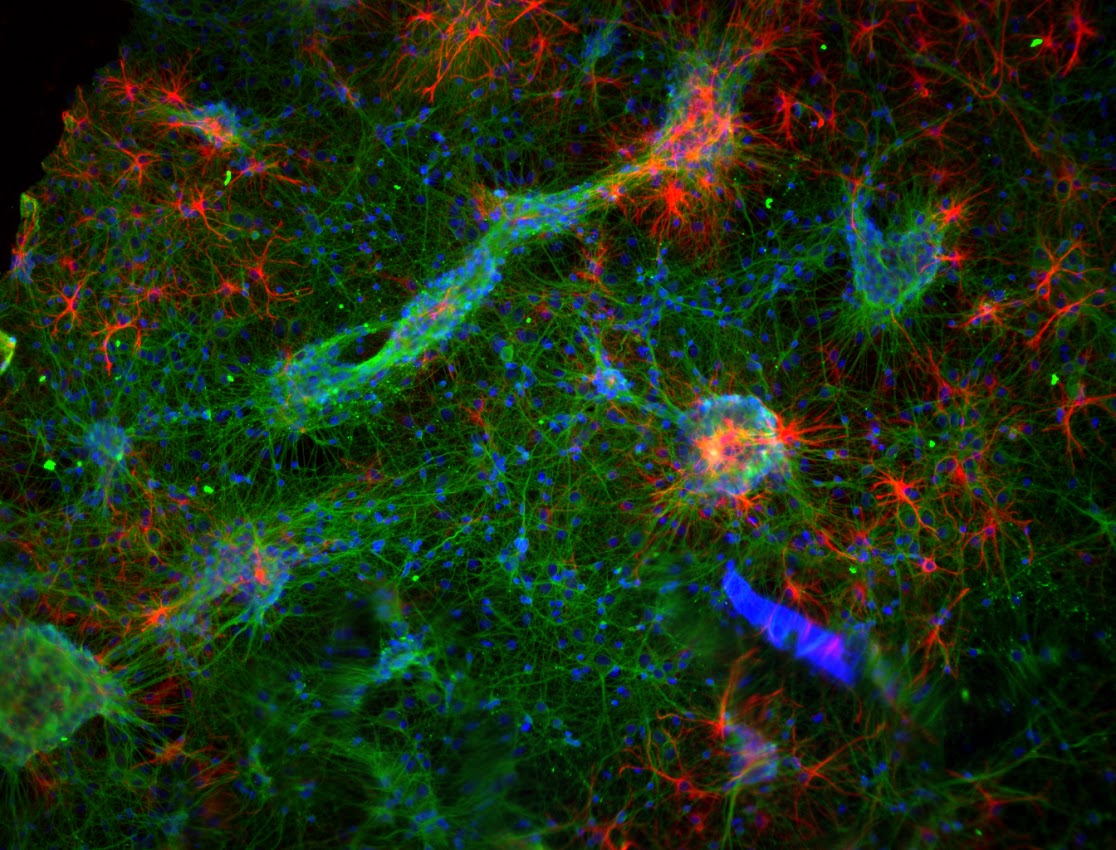 |
 |
 |
 |
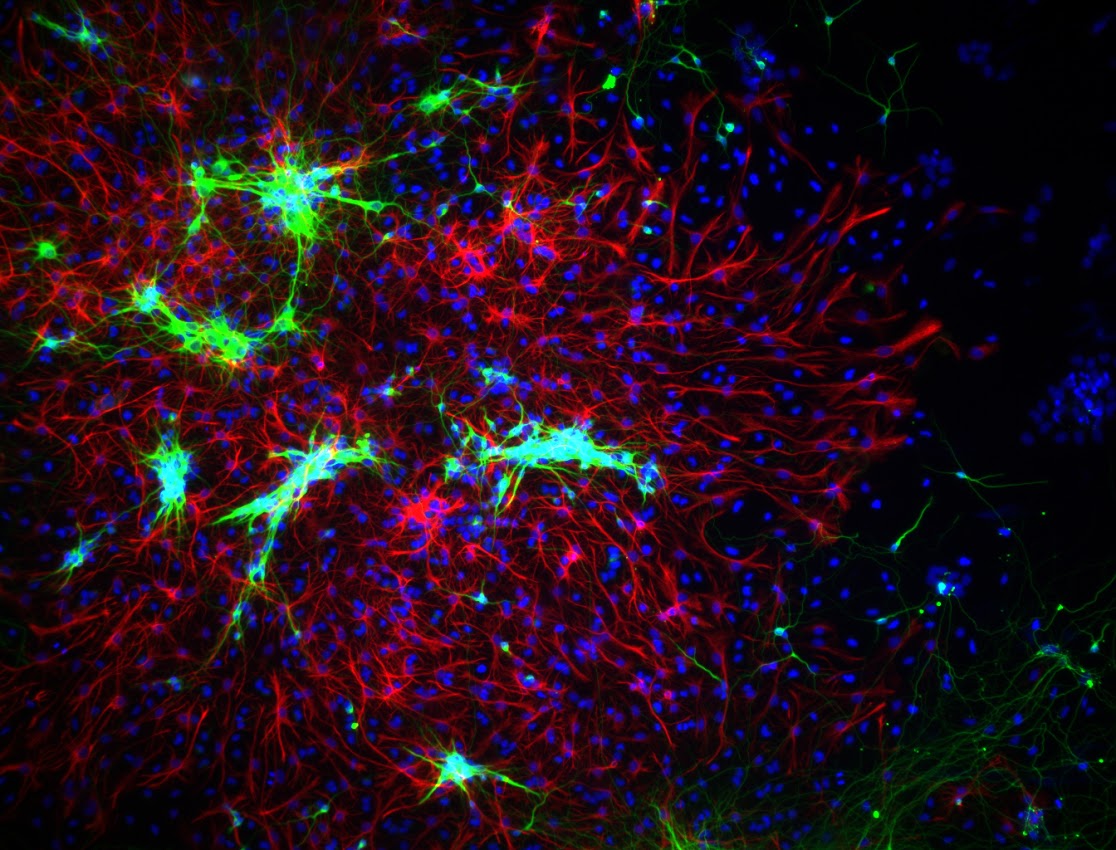 |

